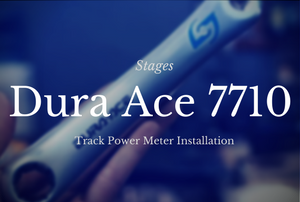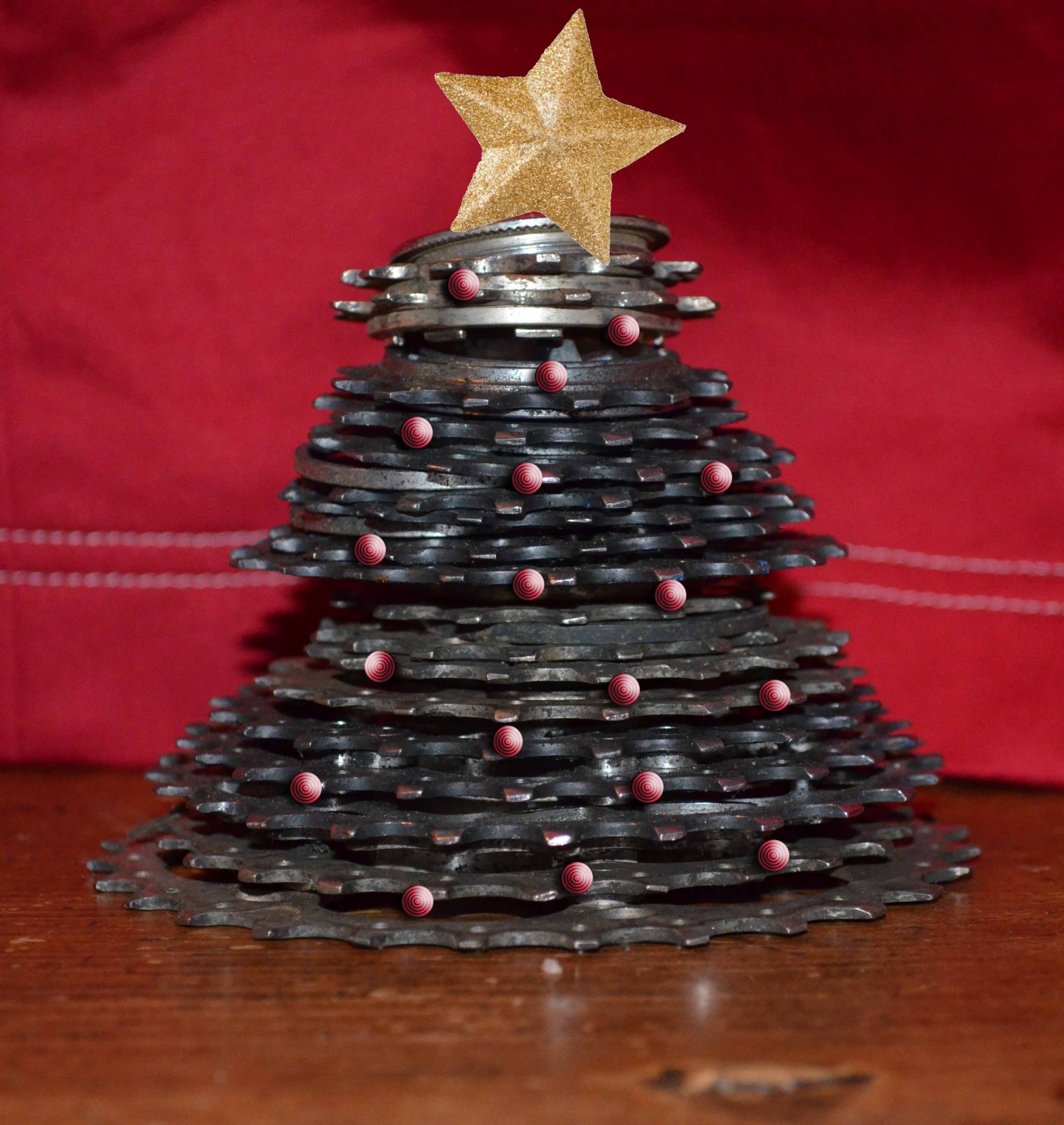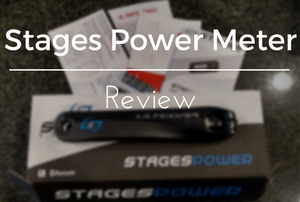
Power meter options for track bikes are very limited, and the Dura Ace Stages power meter is one of the most reasonably priced and simple to use on the market. Based on the Dura Ace 7710 Octalink platform, the Stages power meter offers a simple, elegant power measuring solution for fixed gear bikes. Painstaking refinement has gone into the algorithm used to calculate power to meet the unique demands of a fixed gear bike, improving performance and reliability in data recording.
Check out the video of the installation, re-posted from Periscope. Throughout the installation, there's a little bit of Q&A about power meters based on questions from live viewers. Click through the jump to watch the video and check out the video show notes:
Continue reading “Dura Ace Track Stages Power Meter Install”

It can be difficult finding holiday gifts for cyclists on your list. Hunting through the Black Friday deals, searching for the perfect item to put a smile on their face can be fraught with peril when you don't have much of an idea of what this cycling thing is all about. How can you expect to get the perfect gift when you don't know the difference between a cassette and a headset, but you don't want to lame out and get them a Visa gift card with the directive “go buy what you want?”
That's why I'm here to help you out.
In this holiday gift roundup, I'm including a little of everything from the low cost to the lavish. There's something for everyone from the beginner to the lifelong rider. So check through the list and check out the links. In many cases, you'll find something that you hadn't thought of before, or maybe you'll not only find something for that special cyclist, you'll find something for yourself too.
Continue reading “Holiday Gifts For Cyclists”

The Stages Power Meter burst onto the scene in 2013 with the promise of an affordable power meter option attached to the crank arm. How does it compare? Is it as good as it claims to be? Compared to similar offerings of the time the Stages meter was a novel, if not brilliant idea. It cut the cost in half by placing the measurement device on the left crank arm only. It was easily transferable between bikes and easy to remove and replace if it needed service. The super light weight of only 11 grams also made for an attractive marketing point. So did the user replaceable, easy to source coin cell battery.
Yet not everyone was on board.
From the get-go, many complained about the left sided only power measurement. It was claimed to be prone to inaccuracies due to the “doubling of the left leg” power calculation. Many claimed the accelerometer principle wouldn't provide sufficiently accurate cadence to properly report power.
Here we are more than two years later and Stages power meters can be found on every manner of bikes from weekend warrior up through Tour de France winners.
I've got about 2 years on Stages power meters now. How does it stack up against other power measuring devices I've used like Quarq and Powertap? You can read my thoughts on the Stages power meter after the jump:
Continue reading “Stages Power Meter Review”

There's an old saying that “shoes make the man” and the Bont Vaypor shoes are no exception. The speed skating shoe turned cycling shoe company based in Australia may not have the history that some other companies do, but they've found their way onto the feed of numerous professionals, including Bradley Wiggins, Johan Van Summern and the recently retired Thor Hushovd. But just because the pros use them does that mean they are good for everyone else out there?
I've put a season and a half on these shoes, using them for everything from training to racing to gravel grinding, and my impressions are after the jump:
Continue reading “Review: Bont Vaypor Shoes”

We can all appreciate a slick shifting drivetrain, and we all hate it when our drivetrain turns on us. One of the easiest ways to prevent this from happening is to ensure your chain is sized correctly. When too long, it can cause premature derailleur wear, shift poorly and bounce around with the potential of derailing. When too short, it can jam the drivetrain or cause the derailleur to actually snap. But you don't have to worry about this unless you have to put on a new chain, right?
Not necessarily. Quite often, this issue starts at the LBS: many chains are not properly sized from the factory and some shops don't necessarily check this on every bike. If you should try to “match the length” of the current chain when putting on a new one, this can often result in a chain that is too long or too short, depending on the condition (and length) of the previous one. But how do you become a pro at sizing your chain to the correct length? It's as simple as doing the one thing you never should: crosschaining.
You can read more about it after the jump:
Continue reading “Wrenching: Sizing a New Chain”




